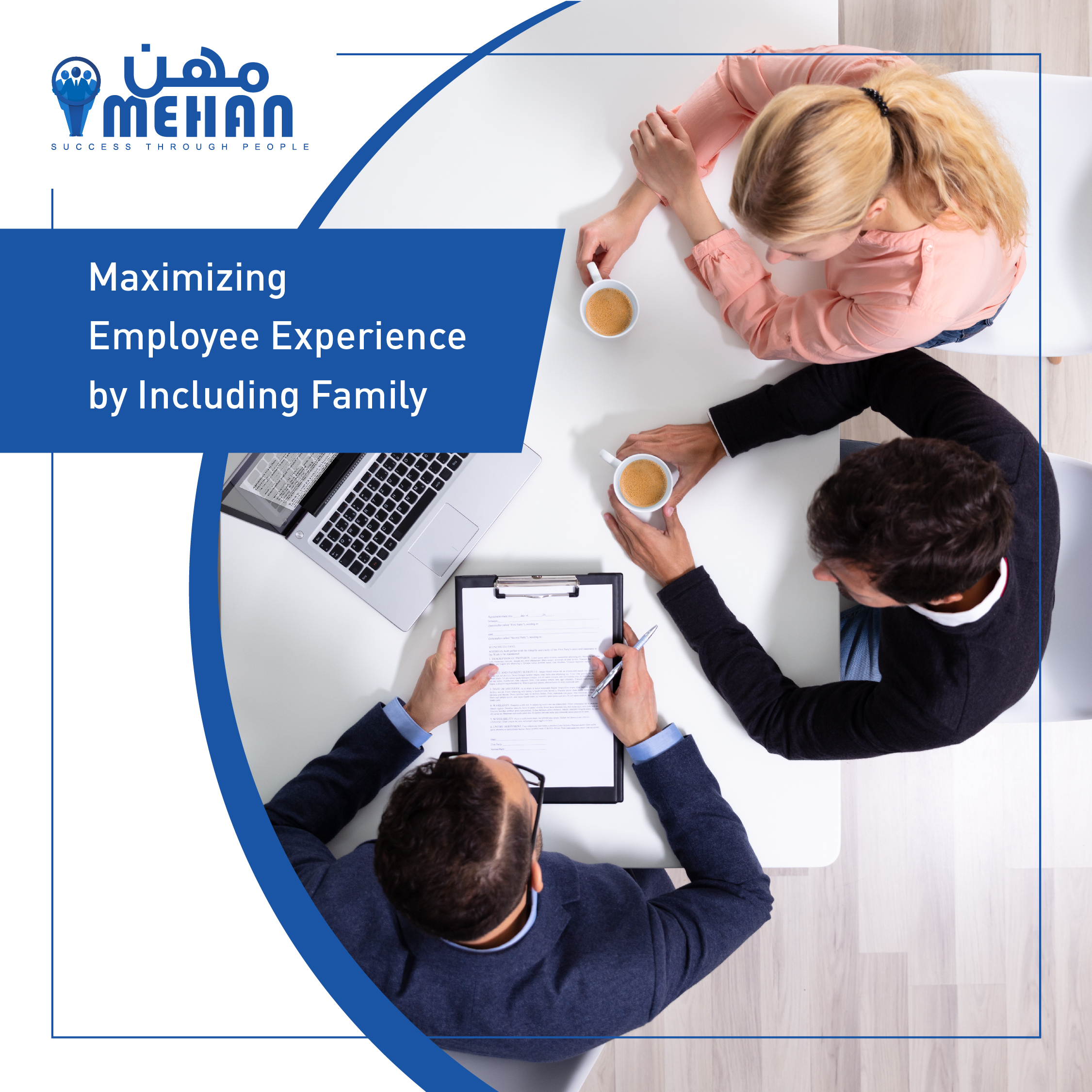
Work-from-home, or rather Work-From-Anywhere in the world is normal now for most employees. Consequently, Employee Experience is more important than ever now since it can even dictate employee motivation and loyalty to your business. As the realization that the physical, cultural, and technological aspects of working have changed for the better, organizations have to re-think their Employee Experience strategies to include the well-being of the families. Family is an integral part of our life unless you are living alone in a 1BHK. Humans tend to adopt the mannerisms and habits of those closest to us and of the ones sharing our living quarters. They have a direct influence over who we are, what we do, how we feel, and what we eat and drink.
If you were in charge of the development of employee well-being programs at your company, it would be a smart idea to consider the families of your colleagues. They are best positioned to influence your colleagues’ mental health than you or the other people at the company will ever be. For example, have you tried to quit smoking? You may be able to resist temptations on your own. However, if a close friend or spouse still smokes, quitting and staying away from the habit will be harder. On the other hand, if your friend or spouse decides to quit with you, it will be much easier for you. The same is true for other aspects of health and wellness.
Furthermore, when employers extend wellness benefits to family members, it demonstrates to the employee that their workplace cares about their complete well-being, beyond the workplace. This phenomenon was confirmed by a 2016 Harvard Business Review survey that studied participants of employee-wellbeing programs. 70% of the participants felt that their employers did care for their overall wellbeing and supported them.
So how to include families in Wellness Programs?
Finding the right way to include the family in the Employee Wellness programs is important because it has the risk to be intrusive and unnecessary. The programs should be aimed at making both the employee and their respective families happier. Here are a few ideas that you could incorporate into your strategy.
Family Friendly Challenges
Create challenges or activities that families can do together at home, such as setting a goal to eat a meal together a certain number of times a week and then incentivize them. There is ample evidence that suggests children who regularly eat meals with their family are less likely to suffer from depression and/or eating disorders and, for some reason if they do, they are more likely to communicate that with their parents. Furthermore, families that spend quality time together notice any behavioral changes among members at the beginning and will have the opportunity to intervene at the earliest. Other activities that focus on family time include organizing virtual game nights, taking turns planning an activity for the next time, eliminating screen time, etc.
Get Social
Create social networking page on Facebook or, more conveniently, a WhatsApp Group to share wellness information and promotional material with employees, their family members, and even their wider social network. Regular postings can inform, motivate, and even generate excitement about upcoming challenges and accomplishments.
Keep them in the Loop
When sending emails regarding the above wellness programs, include their spouses in the emails as well. Alternatively, include a message encouraging your employees to share the same with their partners. This keeps them excited and makes them feel included. This is especially helpful in male-dominated industries, considering women make 80% of the healthcare decisions.
Everyone benefits from the inclusion of the families of your employees. The benefits may not be direct, financial, or even apparent. When the family gets healthier overall, it reflects on the costs incurred by your employee in terms of health insurance. Expanding the employee experience can increase employee participation, improve overall happiness and even increase job satisfaction, making the workplace feel a little more like home.




